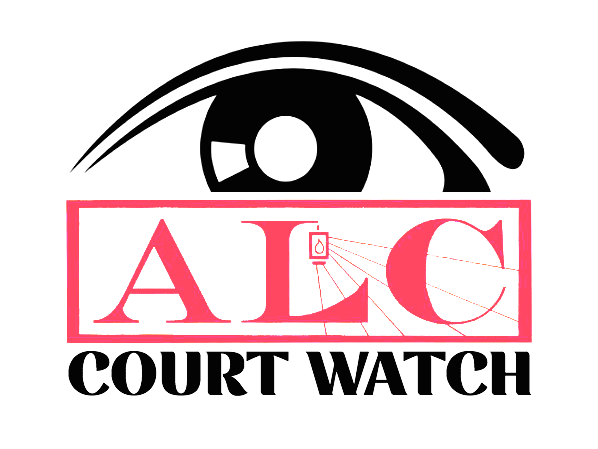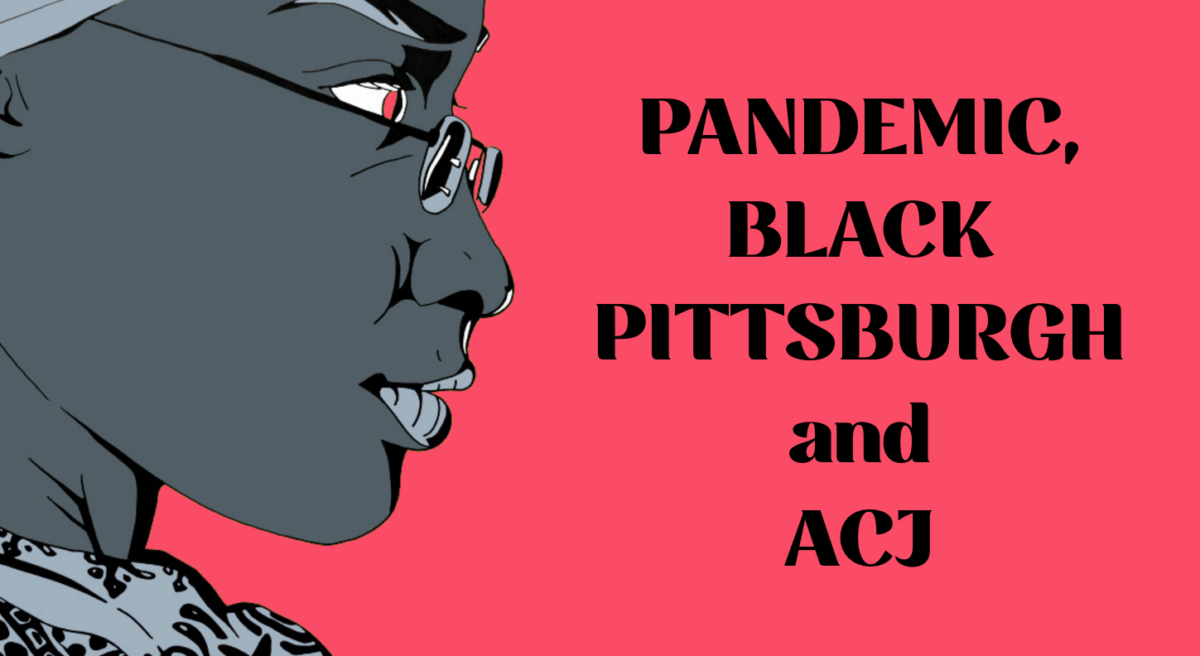by Autumn Redcross
Black people in the United States are contracting and dying from complications due to coronavirus at disproportionately high rates.
This is reflective of historical inequalities attributed to underlying medical conditions – emerging from embodied racism, anti-Black policies, and socioeconomic systems. The increased likelihood of Black people to work in the category of “essential workers”, along with a greater need to use public transportation, have more frequent store trips, and have elders living in in multigenerational households, means greater chance of exposure to COVID-19[1]. Black people are also at increased risk because their symptoms are often ignored by medical industry professionals or even themselves. Due to lack of health insurance, mischaracterization of disease, or spiritual belief, we, as Black people, may even ignore or downplay our own symptoms. Widespread myths and conspiracies alluding that Black people have a natural immunity to the virus have also been circulated through and by my community.
However, Black and Latinx people are dying at twice the rate of their white counterparts in New York City. Forty percent of those lost due to the coronavirus in Illinois and Michigan have been African American, although they only account for 15% and 14% of the populations. Black people make up thirty percent of the of Louisiana’s population, yet make up 70% of those in the state who have died from complications associated with coronavirus. Surely the trend persists, but most states have not yet released numbers concerning the racial demographics of those tested, diagnosed, or deceased from complications of the virus. Pennsylvania is one of those states.
The majority of Pennsylvania’s coronavirus cases are situated in the Philadelphia area, Harrisburg, State College and the counties of Montgomery and Allegheny. In an attempt to discern the proportion of the overall population to coronavirus patients, The Tribune Review published an article listing the neighborhoods of Pittsburgh and the surrounding townships where testing results were positive, noting that Black neighborhoods were not among them. Yet the Tribune’s statistics do not account for the jail population which is situated in downtown Pittsburgh.
Allegheny County Jail (ACJ) detains 1,778 men, women, queer and trans people, and children. Although the jail population has dropped some 28% because of public health concerns in lieu of coronavirus, the number of people still constitutes a small town, in which 59% are Black. On Wednesday April 8, the Allegheny County Department of Health confirmed the first case of COVID-19 in ACJ. In the same week, SCI Phoenix confirmed its first case. As of April 9th, there are 8 confirmed cases at Phoenix.
Twenty-five prisons across the state of Pennsylvania house 44,299 people. Approximately 46% of those inmates are Black, while 10% are Latinx. Subjected to unsanitary conditions and without access to adequate health resources, the high risk of aging and medically vulnerable Black prisoners go beyond the already elevated risk of being Black in Pennsylvania, and more specifically, being Black in Pittsburgh.
This past fall, researchers at the University of Pittsburgh published a damning study on the city’s inequality across gender and race. The report illuminated that “Black women and men in other cities have better health, income, employment and educational outcomes than Pittsburgh’s Black residents.” Compared to white Pittsburghers, Black residents were found to have higher rates of maternal mortality, unemployment, poverty, occupational segregation, homicide, cancer and cardiovascular disease . The gruesome density of Black and Brown people warehoused by the Department of Corrections exacerbates these already dire realities and racial disparities of health and justice in Black Pittsburgh.
COVID-19 poses a threat to souls around the globe. It’s a pandemic, which means it is what it does. As for the souls of Black folks, the record will show, if not in numbers, surely in our narratives, the consequences of being Black in America, and being Black in Pittsburgh. The fact is, we’re closer to death and dying in America’s “most livable city”. And so much closer, while in her jails and prisons.
This is what systemic racism looks like.
Edits and graphics by William Lukas
Notes:
[1] Information gathered and presented on by Dr. Cathleen Appelt from conversations with Black scholars, medical doctors and public health professionals, at the behest of a community engagement project initiated by reentering citizen Lewis Alexander.
[2} “What this means is that if Black residents got up today and left and moved to the majority of any other cities in the U.S., automatically by just moving their life expectancy would go up, their income would go up, their educational opportunities for their children would go up as well as their employment,” – Junia Howell, assistant professor of sociology at the University of Pittsburgh.
Howell, Junia, Sara Goodkind, Leah Jacobs, Dominique Branson and Elizabeth Miller. 2019. “Pittsburgh’s Inequality across Gender and Race.” Gender Analysis White Papers. City of Pittsburgh’s Gender Equity Commission
References:
- https://www.alleghenycountyanalytics.us/index.php/2019/11/04/allegheny-county-jail-population-management-dashboards-2/
- https://www.cor.pa.gov/Pages/COVID-19.aspx
- https://www.nytimes.com/2020/04/07/us/coronavirus-race.html
- https://triblive.com/local/pittsburgh-allegheny/allegheny-county-releases-pittsburgh-neighborhood-coronavirus-data/
- https://www.publicsource.org/pittsburghs-black-residents-feel-consequences-of-inequality-more-starkly-than-in-other-u-s-cities-new-city-report-finds/
- https://www.citylab.com/equity/2019/09/black-women-pittsburgh-mortality-poverty-racism-jobs-police/598291/

